The United States and China have been investing heavily in aircraft carriers, with China's latest addition, the Fujian, entering service at a naval port in Sanya city in southern China. The 5.4 billion ship is capable of carrying about 60 aircraft and is valued by Beijing not only for its military capabilities but also for its role in maintaining the country's global influence. The Fujian's entry into service places China second among the world's navies, with three aircraft carriers, although it still lags behind the United States, which has 11.
According to experts, the Fujian's capabilities make it a significant addition to China's naval fleet, allowing it to project power and extend its reach into the high seas. "The Fujian is a game-changer for China's naval power," said Admiral Zhang Zhaozhong, a retired Chinese naval officer. "It will enable China to project power and protect its interests in the Asia-Pacific region." The Fujian's entry into service has also been seen as a response to the growing military presence of the United States in the region.
However, recent events in the Black Sea have raised questions about the effectiveness of large aircraft carriers in modern warfare. In a surprise attack, Ukraine's military was able to inflict significant damage on Russia's naval fleet using swarms of small, unmanned drones. The success of this tactic has led some experts to question the value of large, expensive aircraft carriers in the face of more agile and adaptable opponents.
The development of unmanned drones and other advanced technologies has changed the nature of modern warfare, making traditional military strategies less effective. "The days of large, expensive aircraft carriers are numbered," said Dr. Daniel Kliman, a senior fellow at the Center for a New American Security. "The future of warfare will be characterized by smaller, more agile forces that can adapt quickly to changing circumstances." The United States and China are both investing heavily in unmanned drone technology, which could potentially change the balance of power in the Asia-Pacific region.
The Fujian's entry into service marks a significant milestone in China's naval development, but it also raises questions about the country's long-term military strategy. As the United States and China continue to invest in aircraft carriers and other advanced military technologies, the implications for regional stability and global security will only continue to grow. The development of unmanned drones and other advanced technologies will likely play a key role in shaping the future of warfare, and it remains to be seen how the United States and China will adapt to these changes.
In the coming months, the United States and China are expected to continue their naval build-up, with the United States planning to deploy a new aircraft carrier to the Asia-Pacific region. China, meanwhile, is expected to continue its development of unmanned drone technology, which could potentially change the balance of power in the region. As the situation continues to evolve, one thing is clear: the future of warfare will be shaped by the development of advanced technologies and the ability of nations to adapt to changing circumstances.


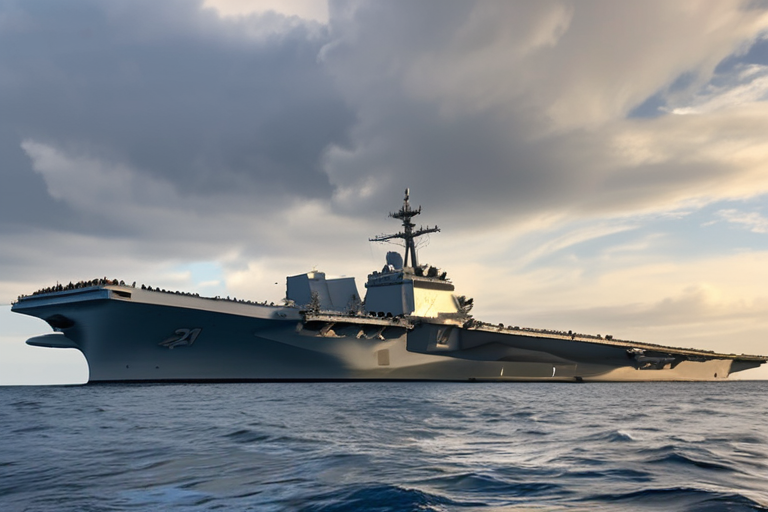
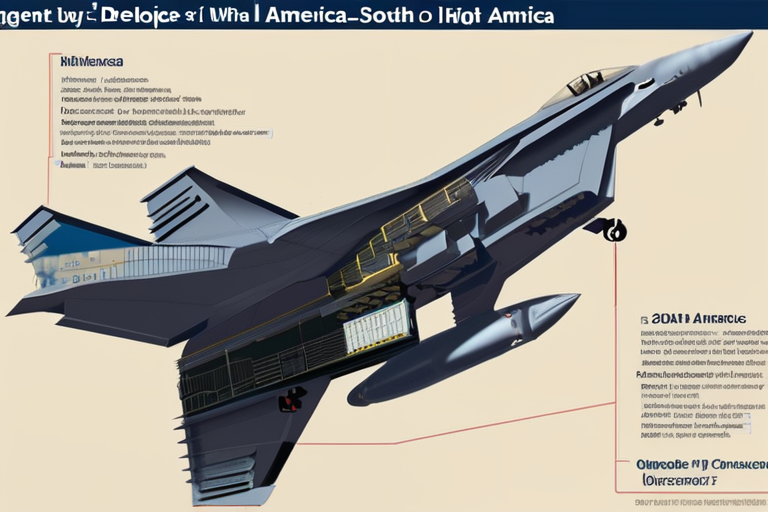
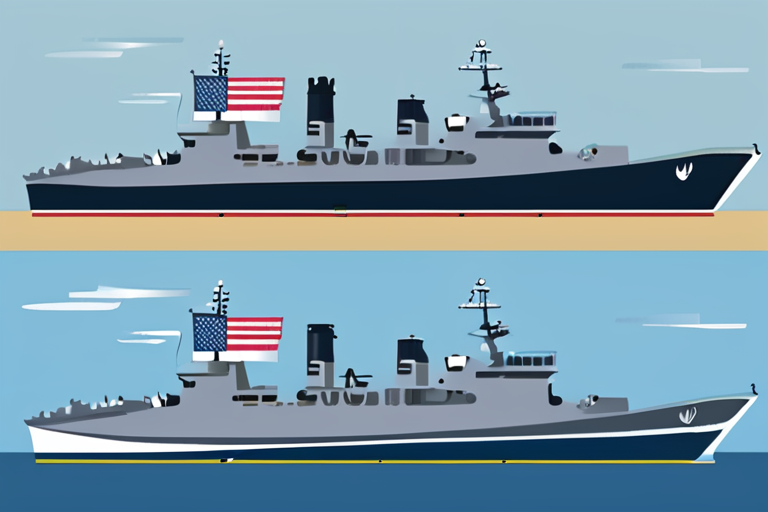


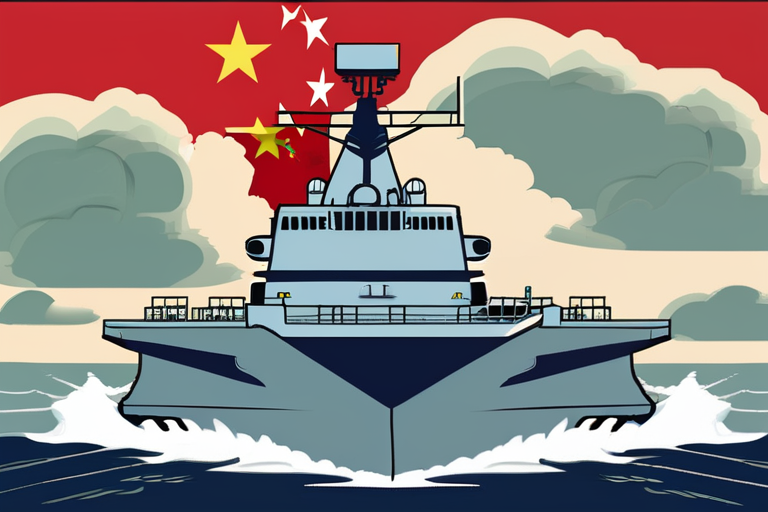












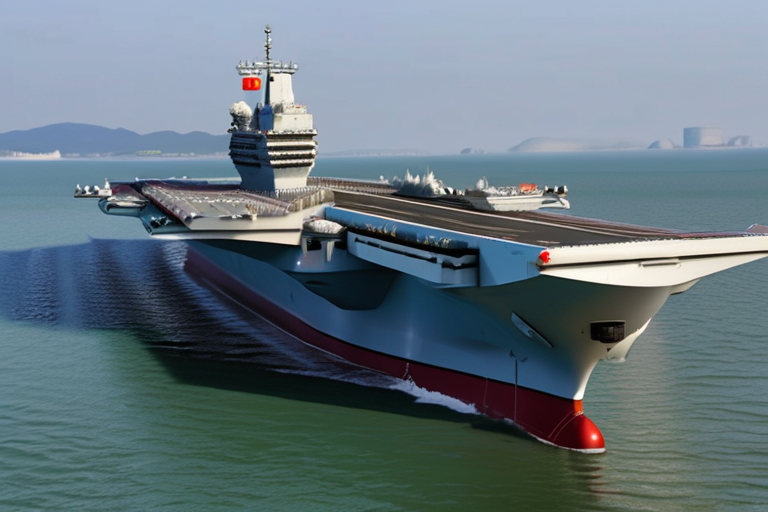

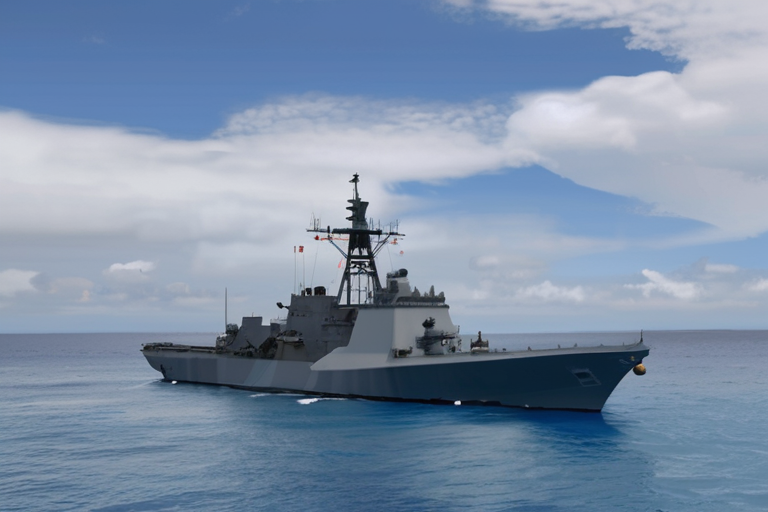


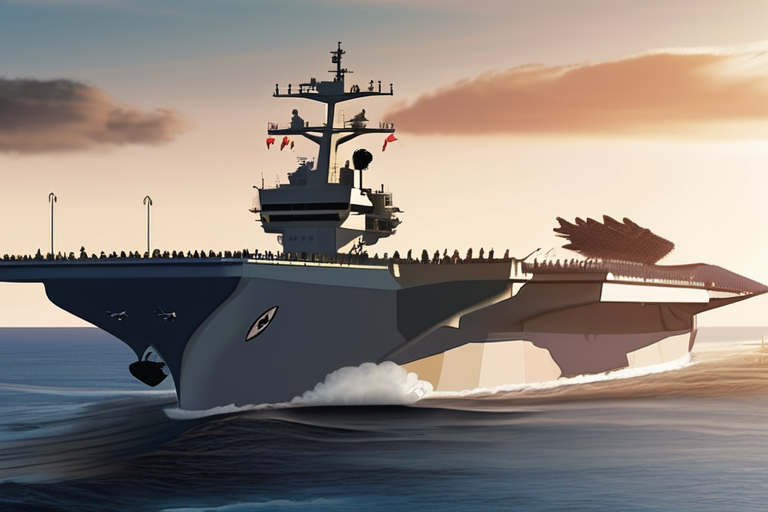
Share & Engage Share
Share this article